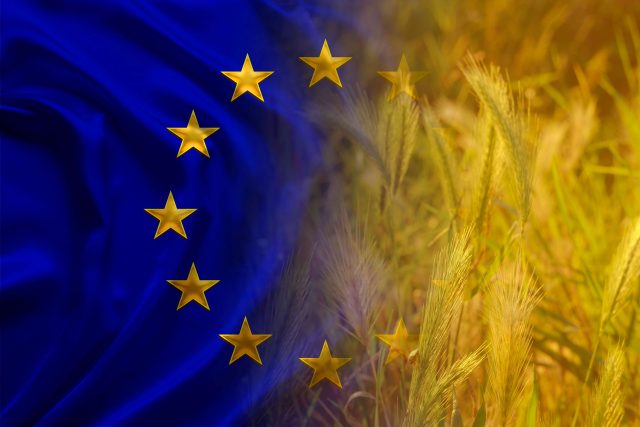
With spring and planting season around the corner, food security is becoming an increasingly pressing issue for EU countries. The so-called “fertiliser crisis” is one of the most critical. Although the World Economic Forum’s 2023 Global Risk Report mostly puts developing countries at the receiving end of this crisis, experts and Members of the European Parliament (MEPs) agree that the EU is just as exposed as any other agricultural region around the world.
The war in Ukraine has had a significant impact in the use of fertilisers in several European countries. With its vast swaths of the three main types of fertilisers—nitrogen, potash and phosphate—Russia leads as one of the world’s top crop nutrient exporters. European fertiliser factories also rely considerably on Russian gas. Even though the war itself (and the ensuing sanctions) did not affect agricultural products directly, the resulting energy and economic crisis did play a role in escalating the situation.
In autumn 2022, the main question for EU countries was whether farmers could get hold of sufficient fertiliser for the upcoming agricultural season. Now, there are two key concerns. First, the effect the threatening fertiliser crunch has on global food production. And the disparities in fertiliser prices, even between countries within the EU.
On February 16th, MEPs called to support the European agricultural industry and launched the applications for the EU Fertilisers Market Observatory that was adopted in November 2022.
According to the recent declaration of the Directorate-General for Agriculture and Rural Development, the main goal of this observatory is to increase market transparency with first-hand information and data about the fertiliser market, the factors that impact prices; and, to exchange experiences and good practices. These proposals suggest “the reinforcement of EU monitoring capacities and strengthening of the EU value chain and EU external policies on a range of critical materials, including those used for the production of mineral fertilisers.”
One decision remains: whether to increase or decrease the use of chemical fertilisers. The former option depends on the already-purchased fertiliser stocks and their prices, now hopefully under the supervision of the EP. The latter alternative could easily mean a food supply shortage the EU is most likely not ready for.



 Subscribe
Subscribe